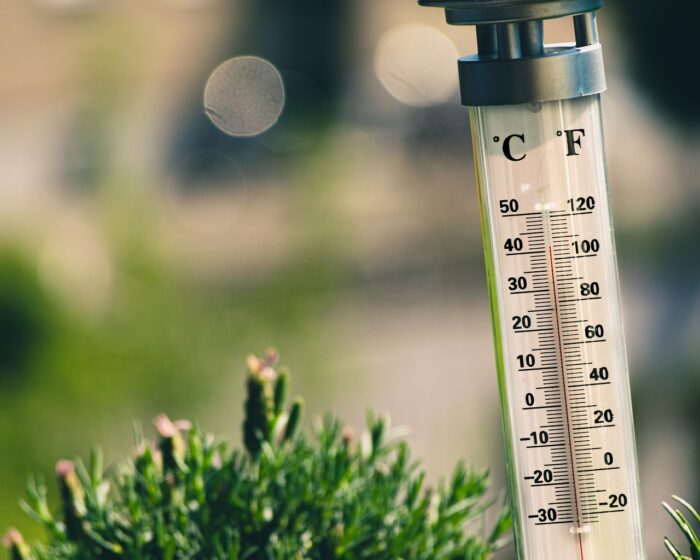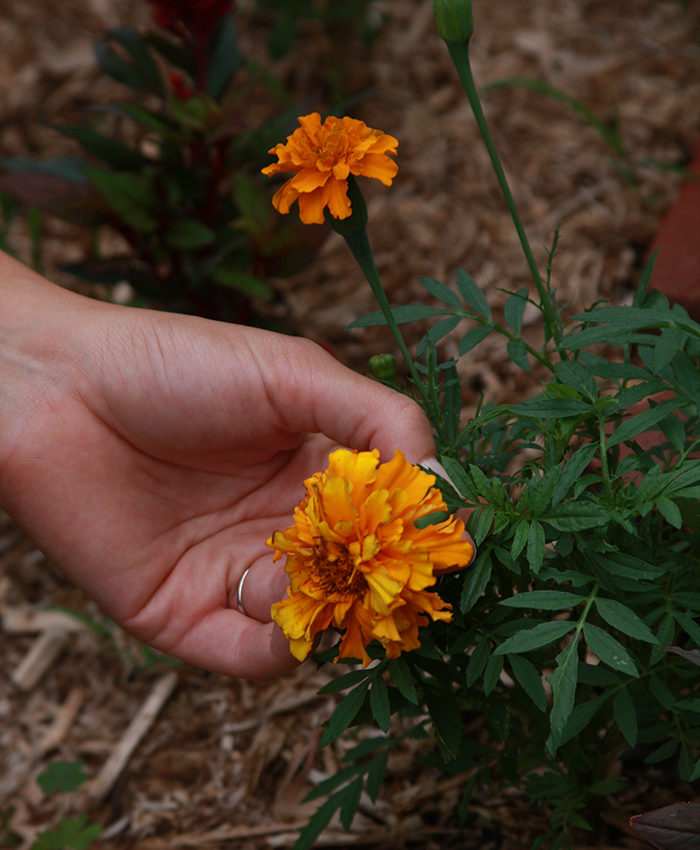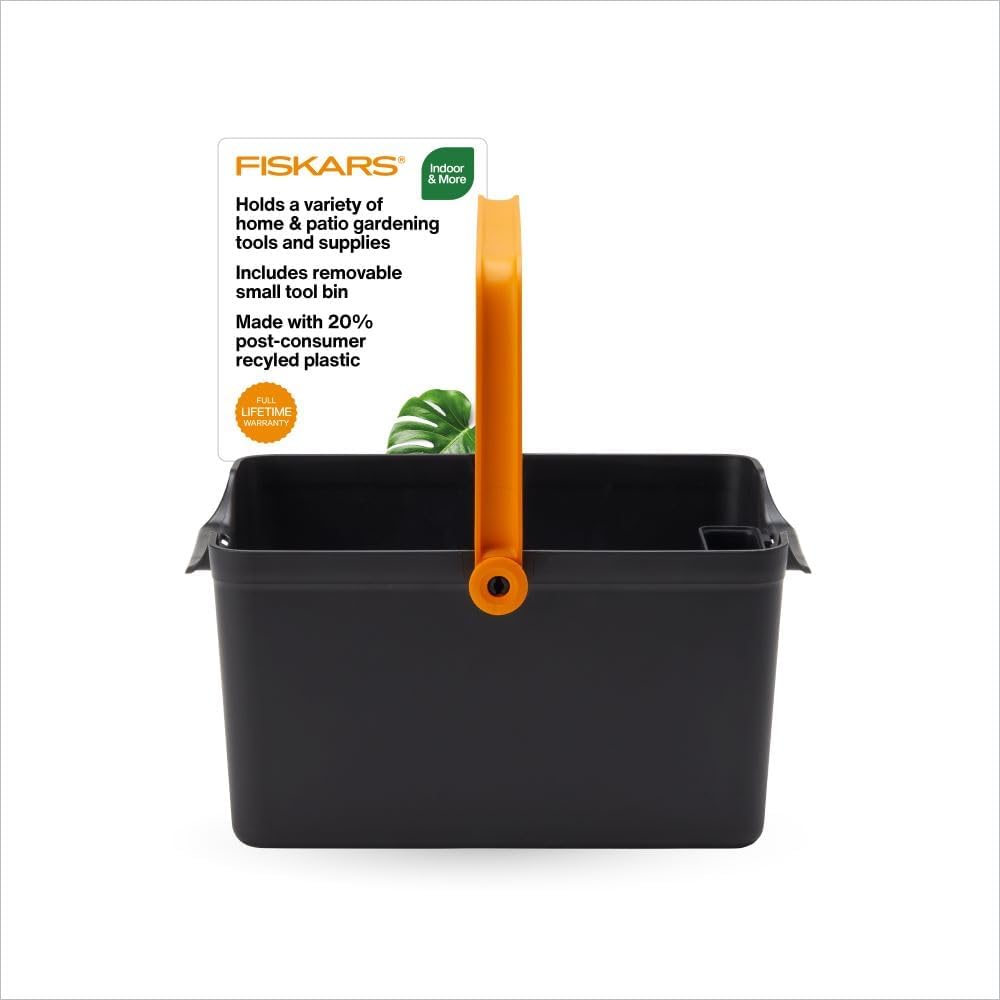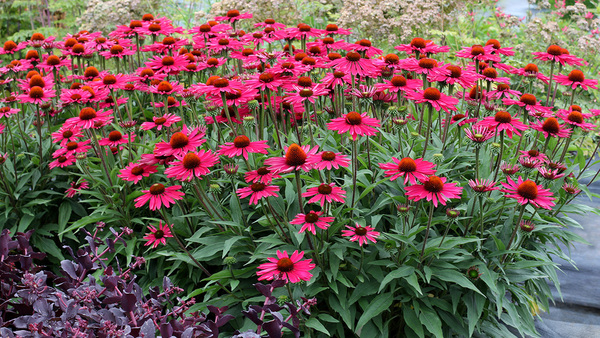
When you’re hot, you’re hot, especially if you are a tomato or a bell pepper and stuck in the ground. Plants, like people, go into survival mode at high temperatures. In order to stay alive, they shut down their productivity. The pollen in blossoms dries out and may become unviable. Flowers stop setting new buds. But there are a few things you can do to help your plants through. Learn how you can protect plants from heat stress below.
How does extreme heat impact gardens?
There are only a few things you can do to protect plants when the thermometer reads a scary 100°F or higher. This becomes especially difficult when evening temperatures stay above 75°F. Optimal growing conditions for tomatoes are daytime temperatures of 70°F to 85°F. Growth slows down at 86°F; it will stop at temperatures above 100°F. Cherry tomatoes and hot peppers are a little less susceptible to these conditions. Heirloom tomato varieties may suffer more. Beans, corn, cucumbers, eggplant, melons, peppers, and summer and winter squash are also susceptible to stress from high temperatures.
Flowering perennials may slow down to a few blossoms during extreme heat while flowering annuals seem to be the least affected by the heat.

Tips to Help Plants Experiencing Heat Stress
While you cannot fix the weather, there are a couple of coping strategies you can employ to get plants through. Fruit set and flowering should increase when temperatures moderate.
- First, mulch the plants so the roots stay cool. Hot soil is just as bad as hot wind.
- Second, water all these plants deeply—generally once a week. This means the water should be soaking down to at least 6 inches in your soil. Take a trowel, shovel, or hori-hori knife and check that soil profile. A gardener’s mantra is to “water less often but deeper.” Learn how to water well here.
- For flowering perennials and annuals, it’s good to deadhead spent blossoms so that when the heat wave passes, the plants will start setting flowers again. And they will look better for your efforts.

A note about wildfire smoke
In the Mountain West, smoke from forest and range fires is another contributor to plant and gardener malaise. The smoke causes a significant increase in ozone, and there is nothing you can do about that. It’s best that you stay out of air like that. Get a glass of iced tea and wait it out. Autumn is just around the corner.
—Mary Ann Newcomer is the author of two books: Rocky Mountain Gardener’s Handbook and Vegetable Gardening in the Mountain States.
Fine Gardening Recommended Products

Pruning Simplified: A Step-by-Step Guide to 50 Popular Trees and Shrubs
Fine Gardening receives a commission for items purchased through links on this site, including Amazon Associates and other affiliate advertising programs.

Fiskars Garden Tool Caddy with Removable Small Tool Storage for Indoor and Outdoor Gardening Use, Made with Recycled Plastic
Fine Gardening receives a commission for items purchased through links on this site, including Amazon Associates and other affiliate advertising programs.

Fiskars 7.9-12ft Extendable 2-in-1 Pole Tree Trimmer & Pruner with Rotating Head and Precision-Ground Steel Saw Blade
Fine Gardening receives a commission for items purchased through links on this site, including Amazon Associates and other affiliate advertising programs.



















Comments
Log in or create an account to post a comment.
Sign up Log in